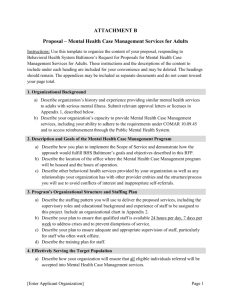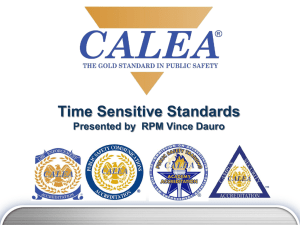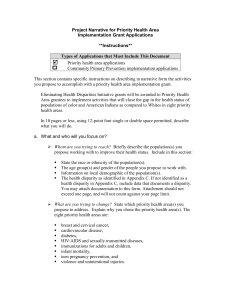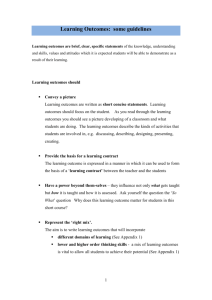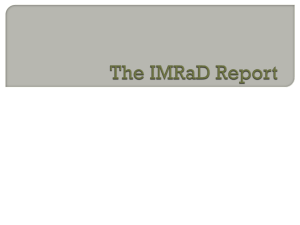2013_05_08-TextbookAndBackground
advertisement
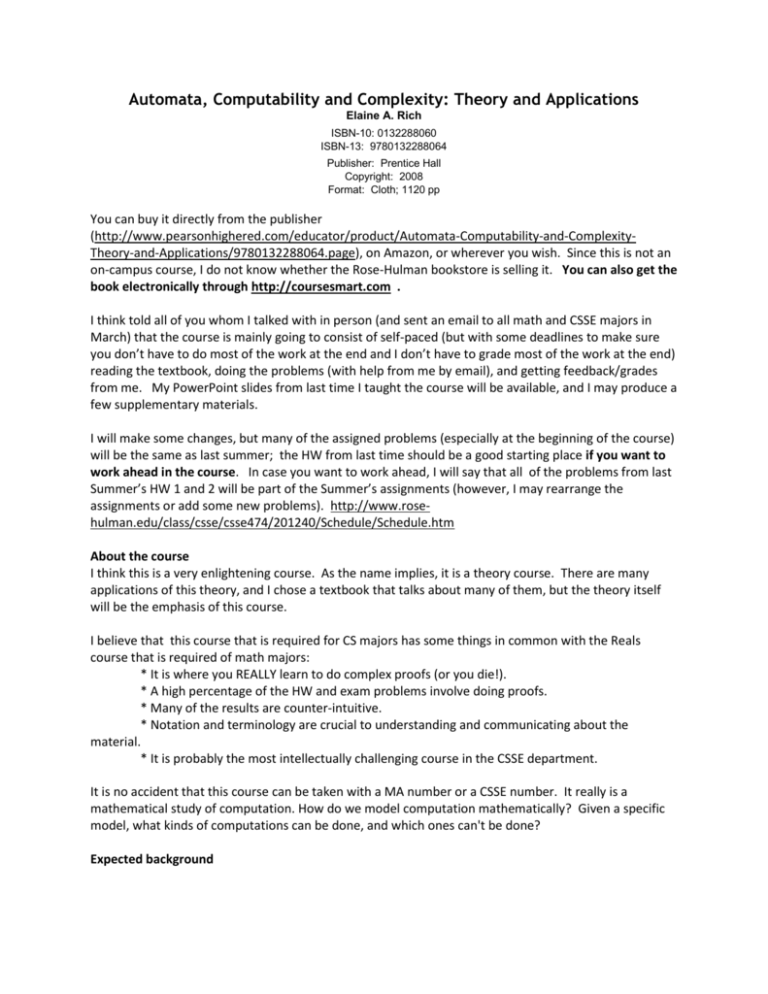
Automata, Computability and Complexity: Theory and Applications Elaine A. Rich ISBN-10: 0132288060 ISBN-13: 9780132288064 Publisher: Prentice Hall Copyright: 2008 Format: Cloth; 1120 pp You can buy it directly from the publisher (http://www.pearsonhighered.com/educator/product/Automata-Computability-and-ComplexityTheory-and-Applications/9780132288064.page), on Amazon, or wherever you wish. Since this is not an on-campus course, I do not know whether the Rose-Hulman bookstore is selling it. You can also get the book electronically through http://coursesmart.com . I think told all of you whom I talked with in person (and sent an email to all math and CSSE majors in March) that the course is mainly going to consist of self-paced (but with some deadlines to make sure you don’t have to do most of the work at the end and I don’t have to grade most of the work at the end) reading the textbook, doing the problems (with help from me by email), and getting feedback/grades from me. My PowerPoint slides from last time I taught the course will be available, and I may produce a few supplementary materials. I will make some changes, but many of the assigned problems (especially at the beginning of the course) will be the same as last summer; the HW from last time should be a good starting place if you want to work ahead in the course. In case you want to work ahead, I will say that all of the problems from last Summer’s HW 1 and 2 will be part of the Summer’s assignments (however, I may rearrange the assignments or add some new problems). http://www.rosehulman.edu/class/csse/csse474/201240/Schedule/Schedule.htm About the course I think this is a very enlightening course. As the name implies, it is a theory course. There are many applications of this theory, and I chose a textbook that talks about many of them, but the theory itself will be the emphasis of this course. I believe that this course that is required for CS majors has some things in common with the Reals course that is required of math majors: * It is where you REALLY learn to do complex proofs (or you die!). * A high percentage of the HW and exam problems involve doing proofs. * Many of the results are counter-intuitive. * Notation and terminology are crucial to understanding and communicating about the material. * It is probably the most intellectually challenging course in the CSSE department. It is no accident that this course can be taken with a MA number or a CSSE number. It really is a mathematical study of computation. How do we model computation mathematically? Given a specific model, what kinds of computations can be done, and which ones can't be done? Expected background The main background for this course is from the two discrete math courses (MA 275 is probably more important than 375). For some of you, it has been a long time since you took those courses, or you did not get that material very well when you took them. The Rich book has extensive background help for you in Appendix A (Sections 1-7, about 45 pages). Appendix A is a review of the Mathematics needed to understand this textbook. I suggest that you read it carefully before the course starts. Almost all of this appendix should be things that you saw in Disco I & 2 courses. But there may be some things that were not emphasized by your instructor or that did not stick in your long-term memory. And it is good to get into this author’s use of terminology, etc. before reading the book. Pay special attention to the section on proof techniques. The contents of that appendix are approximately the background that I expect you to have as you come into this course. We will spend a little bit of time at the beginning of the course reviewing some highlights of Appendix A. I suggest that you look carefully at Appendix A before the course starts, and if there is a lot of material that is new or hazy to you, spend some time on it before the course begins. You will be doing a number of proofs, including proofs by induction. If your previous courses did not bring you to a high comfort level with writing inductive proofs, I especially recommend that you work on that before the course begins. Many of the other proof techniques from Appendix A will be useful for the course also, so you should review all of them. If your background may be weak (for example, if you did not get at least a B in CSSE230, MA275, and MA375 (or if you did not take MA375 yet) you probably ought to get a head start on reviewing for this course as soon as the Spring term is over. Because of the flexible schedule of the course, it will be okay if that review takes you a little bit past the first official day of the course, June 3. To give you an idea of whether you need to do some reviewing in order to be able to get a good start in the course, I am listing some of the topics from Appendix A. If a few of them are fuzzy or unfamiliar, a little extra work after the term starts should suffice to catch you up. If a lot of them are fuzzy or unfamiliar, you really ought to carefully read this appendix before the term begins. Logic Boolean propositional logic Well-formed formulas and propositions Truth tables Axioms and proofs Modus ponens, modus tolens First-order logic Predicates, terms, expressions, free and bound variables, Universal and existential quantifiers Interpretations and models; valid, satisfiable, and unsatisfiable formulas Quantifier exchange, universal instantiation, existential generalization Sets Enumeration of a set Finite, countable, and uncountably infinite sets Subset, intersection, union, difference, power set Partitions of a set Relations Cartesian Product of two sets Inverse of a relation, graph of a relation Reflexive, transitive, symmetric, antisymmetric, equivalence relation, equivalence classes Orderings and partial orderings Functions Domain, range, arity, total and partial functions Commutativity, associativity, distributivity, identity, inverse elements One-to-one and onto functions Closure What it means for a set to be closed under a property Transitive and reflexive closures Closure under functions Proof techniques. Proof by: Construction Contradiction Counterexample Case Enumeration Mathematical induction Pigeonhole principle Showing that two sets are equal Showing that a set is finite or countably infinite Diagonalization: Showing that a set is uncountable (this is not a prerequisite for 474) Reasoning about programs Proving correctness (not a 474 prerequisite) Analyzing complexity (big-O and its cousins) You should also read pages xii-xv in the preface. First actual reading assignment after the course starts: Chapters 1 and 2 (both are very short). More details about course requirements, due dates, etc. will be available on or before June 3. I look forward to working with you this summer. If you have any questions, feel free to email me or come to my office. Claude Anderson

